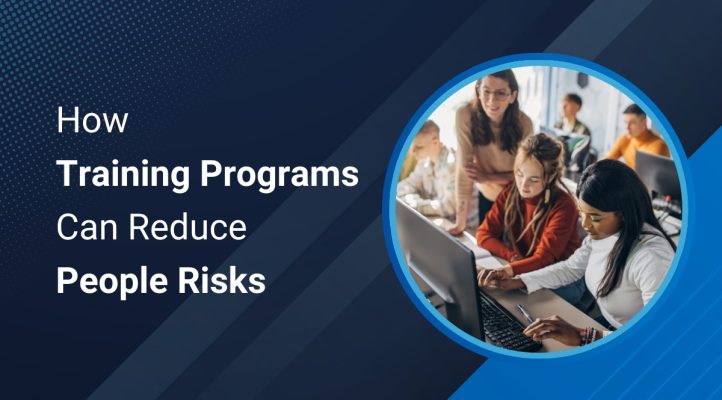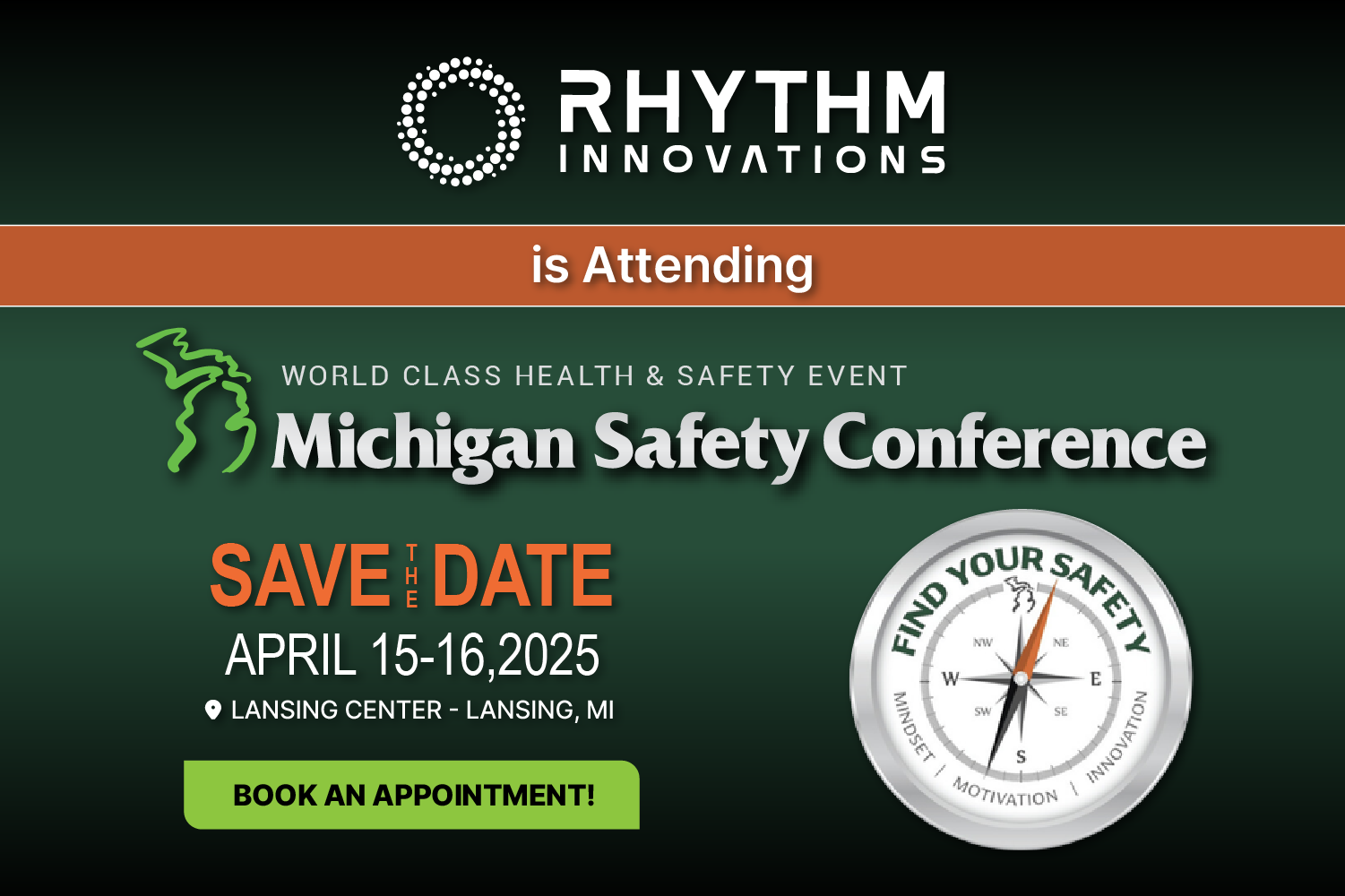How Training Programs Can Reduce People Risks?

Effectively addressing risks tied to human factors is essential for organizations striving to maintain operational integrity and protect their reputation. People risk can disrupt business continuity and erode stakeholder trust. Implementing targeted training programs that cultivate risk awareness is a proven method to mitigate these challenges and strengthen organizational resilience.
The Role of Training in Risk Awareness
Training programs equip employees with the knowledge and skills needed to identify and respond to potential risks in the workplace. By fostering a culture of risk awareness, organizations can empower their teams to act as the first line of defense against threats. When employees are informed about the potential consequences of their actions and understand the importance of Compliance, the likelihood of errors and misconduct significantly decreases.
Benefits of Risk-Awareness Training Programs
Enhancing Compliance : Training programs designed with a focus on regulatory requirements ensure that employees understand and adhere to the rules and standards that govern their roles. This minimizes non-compliance risk and reduces the likelihood of costly penalties and legal issues.
Reducing Human Errors : Human error is a leading cause of workplace incidents. Through risk-awareness training, employees can learn to recognize potential hazards, adopt safer work practices, and make informed decisions that minimize the chance of mistakes.
Building a Proactive Workforce : Risk-aware employees are more likely to identify and address issues before they escalate. Training programs encourage a proactive approach to risk management, enabling teams to mitigate risks at their source. Implementing behavioral-based Safety (BBS) programs can further enhance this by promoting safe behaviors through observation and feedback.
Improving Crisis Response : Well-trained employees are better equipped to handle crises effectively. Training programs that include scenario-based exercises help teams develop the skills to respond swiftly and appropriately in high-pressure situations.
Fostering a Positive Workplace Culture : Organizations that prioritize risk-awareness training demonstrate their commitment to employee well-being and safety. This training enhances morale, increases trust, and promotes a culture of accountability and responsibility.
Key Components of Effective Training Programs
To maximize the impact of risk-awareness training, organizations should focus on the following components:
- Customizable Content: Tailor training materials to address the specific risks relevant to your industry and organization.
- Interactive Learning: Incorporate hands-on activities, simulations, and real-world scenarios to engage participants and reinforce learning.
- Regular Updates: Ensure that training programs are updated to reflect changes in regulations, technologies, and workplace practices.
- Assessment and Feedback: Use assessments to gauge understanding and provide feedback to help employees improve.
- Leadership Involvement: Encourage leadership to participate in training sessions, emphasizing the importance of risk awareness from the top down.
How Rhythm Innovations Supports People Risk Management
Rhythm Innovations offers cutting-edge solutions to help organizations implement and manage effective training programs. Organizations can monitor progress and continuously improve their training strategies with robust analytics and reporting capabilities.
Conclusion
Investing in training programs that emphasize risk awareness is essential for mitigating workplace risks and safeguarding organizational success. By fostering a proactive and informed workforce, businesses can minimize errors, ensure Compliance, and build a culture of safety and accountability. With Rhythm Innovations’ tools and expertise, organizations can take their people risk management to the next level, creating a safer and more resilient workplace.


